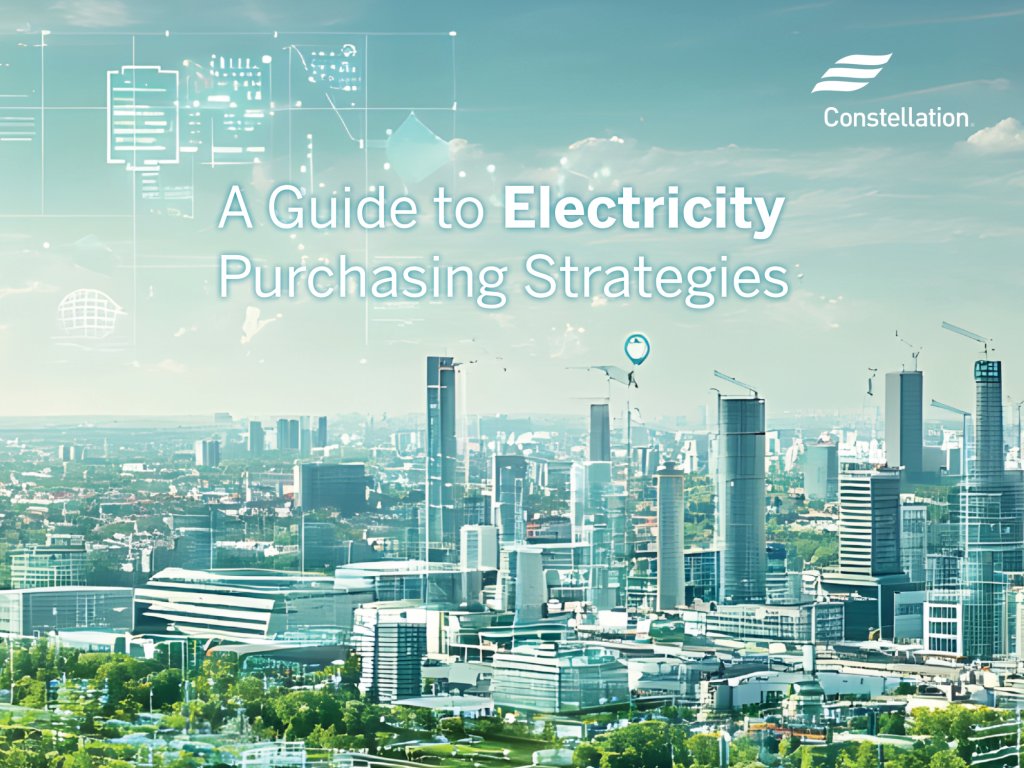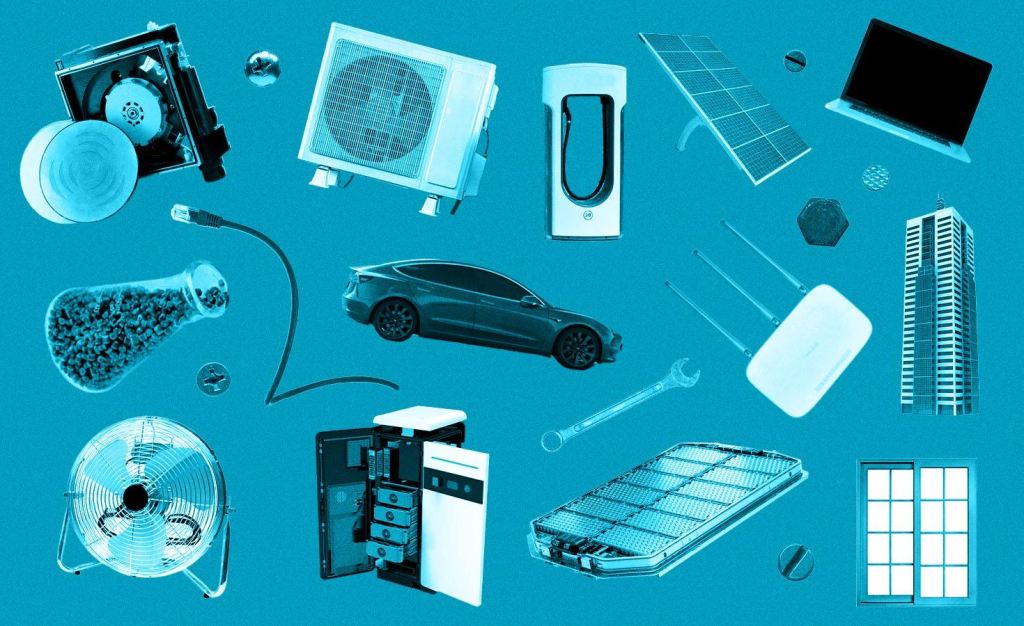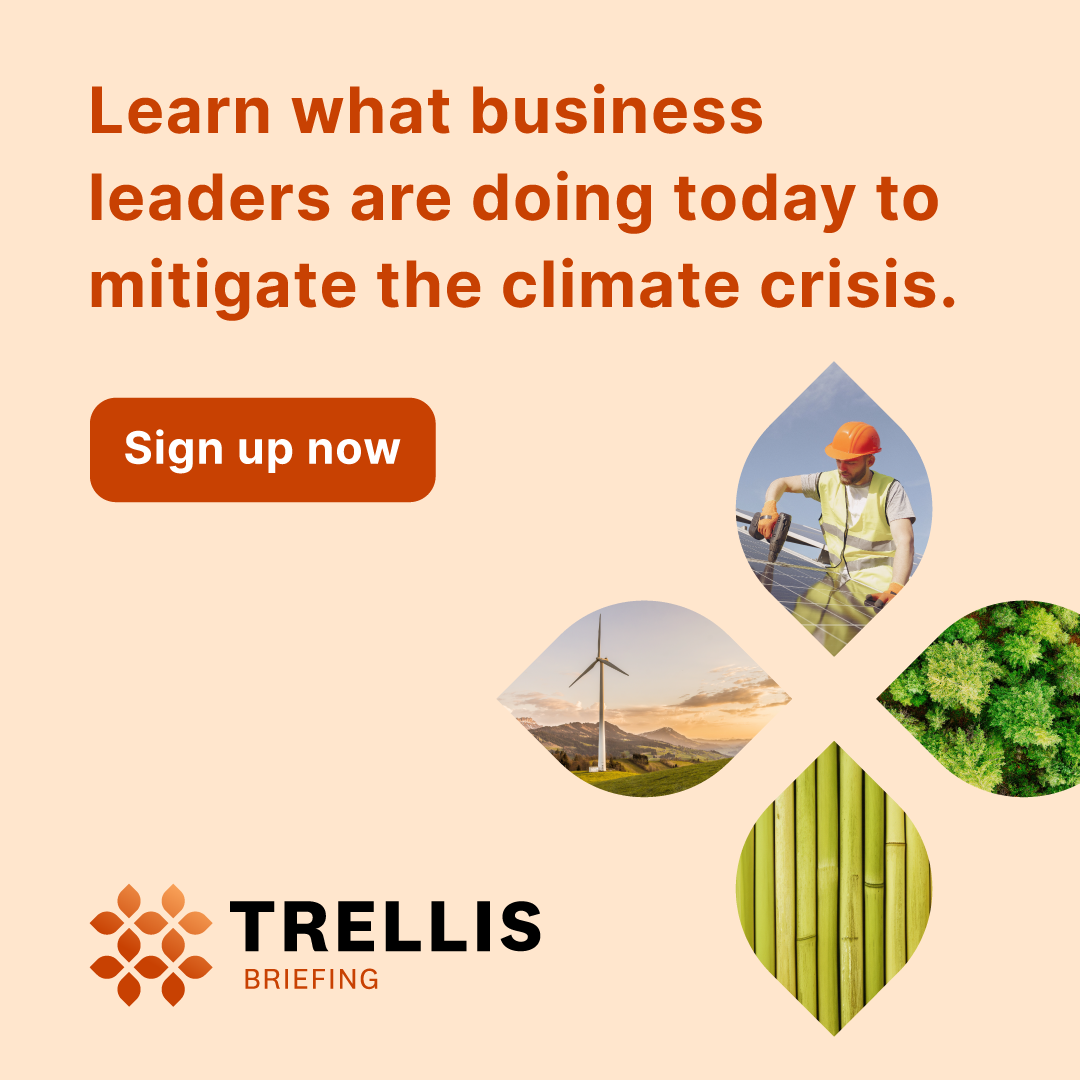Hearts, heads and grains of truth: Making the business case for sustainability stick
To fight common critiques of sustainability, leaders can acknowledge stumbles, and appeal to both hearts and minds. Read More

There has always been a strong business case for integrating sustainability – both environmental and social issues – into business strategy operations. As far back as 2015, one study found that approximately 90 percent of data sets analysed showed a positive relationship between sustainability measures and financial performance. Sustainability is simply good business.
Based on years of work at Forum for the Future, I’ve created this table to show the links between sustainability and value creation:

It’s all compelling. But, seemingly, not compelling enough. In this age of anti-wokeism, political uncertainty and tectonic waves of anti-ESG pushback, it’s time to make sure the business case for sustainability is crystal clear, and sticks.
Inquiring and intelligent minds will always question facts, assertions and propositions. The business case for sustainability is no different. As with many other strategic issues, it’s a hearts and head matter and we need to rely on appealing to both.
So, here are my suggestions for how a grain of truth and a heads and heart approach could make the business case for sustainability stick, according to four of the most common critiques.
Myth No. 1: This looks too good to be true
Grain of truth: Yes, some earlier predictions around the business case might have exaggerated the benefits. Significant and immediate cost savings! Sustained increase in sales volumes! This happened for two reasons. The early adopters didn’t have access to all the data we have today, plus approaches weren’t properly integrated. Installing energy-efficient technology into only part of a manufacturing base while leaving the remainder to become more and more inefficient won’t deliver long-term cost savings. Spinning sustainability into a company’s brand communications before sustainably revamping the product won’t deliver a long-term sales uplift.
Head: Cite more recent data. One of my more recent favorites is a 2024 report from environmental disclosure non-profit charity CDP. According to the report, companies estimate that tackling supply chain climate risks could generate potential financial gains of $165 billion. Companies cutting their Scope 3 emissions have saved $13.6 billion in costs, while collaboration between buyers and suppliers has delivered 43 million tonnes of greenhouse gas savings – equivalent to Sweden’s annual emissions.
Then for the employee business case: a recent survey conducted by clean energy company Swytch, found that nearly 70 percent of employees report that their company’s strong sustainability program affects their decision to stay long term.
Heart: This is a case of doing the right thing, helping ensure a more positive future for the people you care about that will also directly benefit the business. The worst that can happen is the benefits aren’t quite as big as imagined, but there definitely will be some.
Myth No. 2: The upfront investment looks too high
Grain of truth: Yes, upfront investment in new technology, new skills, retrofits, supplier education and more can be substantial.
Head: First, when undertaking the cost/benefit analysis, take a good look at the do-nothing scenario. Is it flat? What is the cost of inaction? How big are the downside risks?
Let’s take physical risk: Will my retail outlets and/or manufacturing facilities flood? Will my agricultural supply chains fail? Will my people be at risk from extreme climate events?
Or consider transition risk: Will my business model become non-viable? Am I prepared for sudden shifts in regulation, technology, consumption habits and cultural norms?
In other words, the do-nothing scenario is rarely flat. For example, retrofitting a food retail store with low-energy lighting and efficient refrigeration will cost money. But leaving the store untouched, over time, could make it unattractive for customers and result in a reduction in footfall.
Second, access all the new and wonderful sustainable finance options out there. From sustainability bonds that allow access to capital at discounted rates according to sustainability (usually carbon reduction) performance, to innovative sustainable supply chain finance agreements, billions of dollars are available to fund investment in sustainability in low-risk ways.
Heart: Remember, not all business decisions have equal risk and can be 100 percent guaranteed to deliver intended outcomes. We live in a highly complex, highly volatile operating context. We need to try to get used to greater uncertainty.
Myth No. 3: My customers aren’t asking for sustainability
Grain of truth: It’s important to break sustainability down into the aspects that people care about. Whilst some consumer insight data asking for priorities might poll low on “sustainability,” ask people if they care about what’s in their food, the price of their energy and water bills, or the safety and health of their family, and the answer is often very different. Sustainability issues directly affect issues people care deeply about.
Head: Again, use data that shows where a brand meets a consumer need that also reflects a sustainability solution. For example, when Unilever developed Sunlight, a dishwashing liquid that uses much less water than its other brands, sales of Sunlight and Unilever’s other water-saving products proceeded to outpace category growth by more than 20 percent in several water-scarce markets.
Heart: Time to get creative. Mainstream consumer demand is a lagging indicator. Business, governments and civil society all create markets. Brands create demand for things that people both need and desire.
Myth No. 4: Consumers won’t pay more for sustainability
Grain of truth: The value-action gap is real. There is plenty of data that shows consumers are willing to pay more, but when faced with a cost-of-living crisis, either can’t or won’t.
There is also a hangover from the early days, where brands unnecessarily charged a premium for sustainable products and the product didn’t perform any better than others, leaving consumers with a bad taste of “it’s expensive and not very good.”
Head: Consumers don’t need to pay more for sustainability. As sustainability approaches are scaled through supply chains and manufacturing, differentials in costs of production become much lower and certain tipping points disappear. The more sustainable option doesn’t necessarily cost more. In addition, shifts to long-term supplier contracts and guaranteed forward purchasing can keep prices low – and often even cheaper.
Just look at what Ikea, Aldi and all those B Corps out there are doing. Their products are more sustainable and they are competitive on price.
Given all the pressures on supply chains and production, over time the more sustainable product will actually become the most cost-effective product.
Heart: Scaling sustainability through supply bases, in particular, is an opportunity to move from a purely transactional approach to a more human one, based on partnership and collaboration. That all might make for a better day at work.
Thinking big picture
Market forces mean that all of the big transitions underway are inevitable; the question is just how quickly they will happen. I’m talking about the clean energy transition, the shift to regenerative agriculture principles and the evolution of resilient health systems. It’s better to use all these transitions to create business value, then to wait until they all start to erode it.
Appeal to people’s hearts by asking: Do you want to play a role in creating a liveable future for the next generation, or close off that opportunity forever? Do you want to feel good?
To be sure, there will always be someone who just doesn’t care. If you are encountering that situation, move on to the next person who is open to the conversation.
The final grain of truth: the future is not written. There are multiple adjacent possibilities. There is a window, right now, to create a future that works better than today. And the business case has never been stronger.













